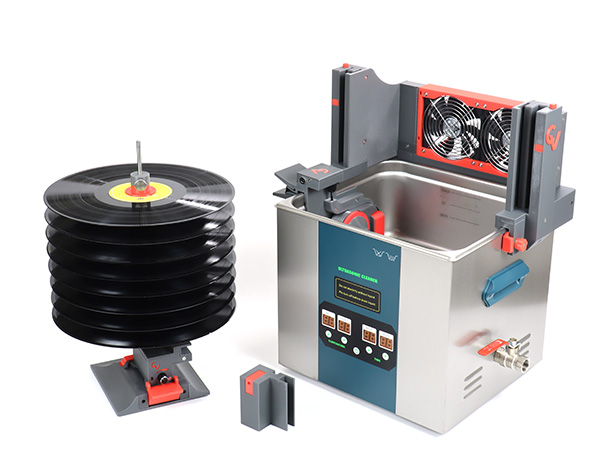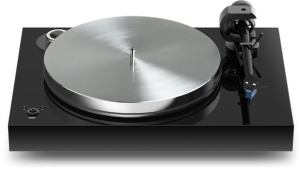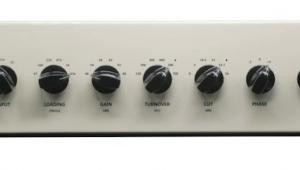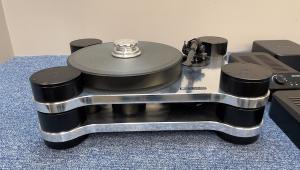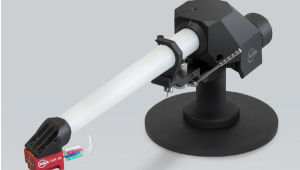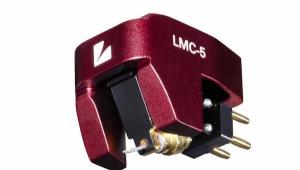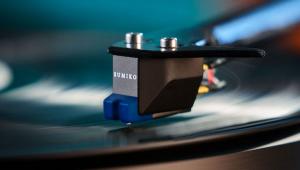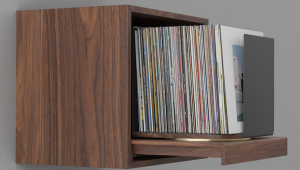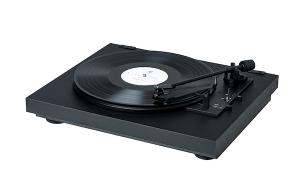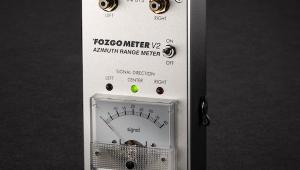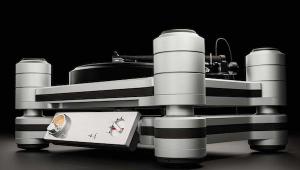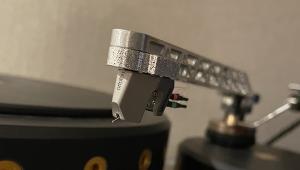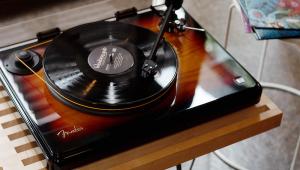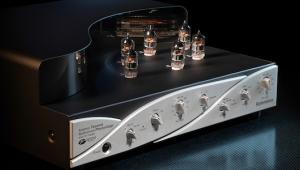CleanerVinyl ProXL Record Cleaning System & UC-3360 Multi-Frequency Ultrasonic Cleaner

People always like to talk about spring cleaning, but we here at AP like to do it year-round — especially when it comes to making sure our records are as clean as they can be before we put them on our turntables. CleanerVinyl has a similar philosophy, and the company’s flagship ProXL record cleaning system and UC-3360 multi-frequency ultrasonic cleaner are clearly tailor-made for this all-important LP maintenance task.
CleanerVinyl’s ProXL system is intended for those of us who need to clean a lot of records. According to the company, the ProXL can clean up to 25 records within about 45-50min. The high-throughput cleaning system features an integrated drying position so you can clean up to eight records at 1in of spacing, up to 14 records at 0.5in of spacing, or up to 25 records at 0.25inch of spacing. Fast air drying of those records is said to occur within 15-20min. The rpm control is between 0.2 and 5rpm, and a built-in 7in singles adapter is also provided.
The following CleanerVinyl ProXL YouTube clip is chock full of more detailed, invaluable firsthand information about the overall process.
The ProXL works with any standard-size 15liter (15l) ultrasonic cleaner, though the company recommends using their own UC-3360 15l multi-frequency cleaner, which sports a three-frequency design that can automatically run sequences of 40/80/120kHz in user-programmable time intervals.
Additionally, CleanerVinyl’s Micron fluid filtration system can be utilized to filter down to sub-1μm particles. and circulates the tank more than once during a typical cleaning cycle. This process is said to take care of re-deposition issues, and also enables using the water for “many batches” of records before it needs to be changed. According to CleanerVinyl, this process is ideally suited for “serious users like record stores or collectors with thousands of records who do not want to spend time draining the tank, etc., between batches.”
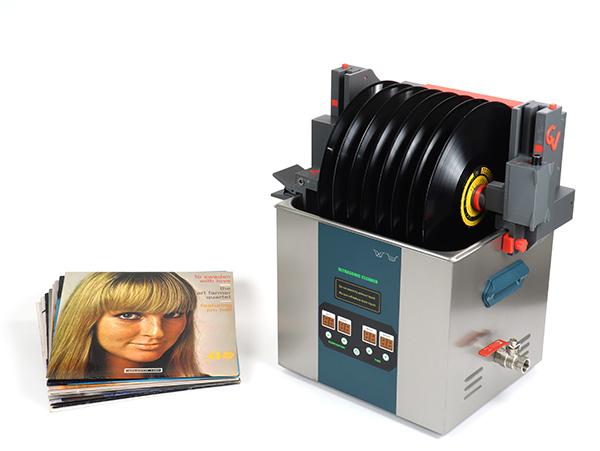
I asked CleanerVinyl owner and product designer Rudy Schlaf if he wouldn’t mind providing us with a deep-dive (so to speak) ultrasonic cleaning primer, and he was more than happy to oblige. “Ultrasonic sound waves generate vacuum bubbles in the water in the low-pressure regions of the standing waves that develop in the tank,” Schlaf explains. “These vacuum bubbles ‘cavitate’ mainly in front of surfaces, such as the records that are put into the water. During these cavitations, water jets develop that are directed toward the surface that induced the cavitation, and these jets do the cleaning. The energy in the jets is proportional to the size of the bubbles.”
Continues Schlaf, “The bubble size and density depend on the frequency. The higher the frequency, the smaller the bubbles are — but the higher their density is. This makes the clean more homogeneous, and also smaller features can be reached by the bubbles. High frequencies are better at removing chemical and bio contamination due to the more homogenous cleaning field. The lower the frequency, the larger the bubbles are — but there are also fewer of them. This causes a less homogenous clean and small features may not be reached, but each cavitation event has more energy. This makes lower frequencies better to do the heavy lifting — i.e., coarse dirt can be removed more effectively with lower frequencies. Think of them as the ‘jackhammer’ of the cleaning process.”
For these reasons, Schlaf believes, a good number of vinyl enthusiasts and professionals like to follow multi-frequency cleaning protocols. “First, a 40kHz clean is used to remove the coarse stuff to open up the surface, and then successively higher frequencies — 80/120kHz — remove the remaining smaller stuff from all the nooks and crannies in the grooves until nothing is left,” he explains. “This is a very efficient approach for records that come from undefined sources like eBay, flea markets, thrift stores, and the like. With this approach, basically, all eventualities are covered, and the best possible cleaning result is obtained regardless of the specific contamination of each record.”
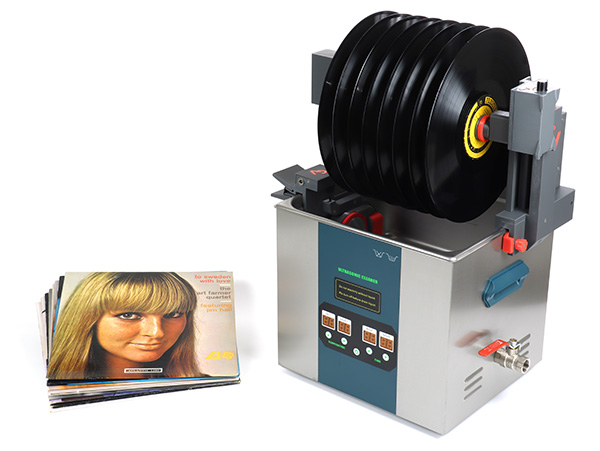
As for the respective SRPs, CleanerVinyl offers an a la carte approach wherein their components — which are all made in-house — are available individually with an eye toward the user being able to build their own custom setups. That said, the company does offer what’s called the ProXL Ultimate Kit, which combines the ProXL motor unit, Lift-ProXL lift/fan unit for drying, and the Micron water-filtration system for a cume SRP of $1,279. (Buying all those components individually would run you an additional $148.) The ProXL Ultimate Kit also comes with three free filters for the Micron system (itself a $57 savings value).
Meanwhile, the UC-3360 multi-frequency ultrasonic cleaner will run you $1,499, after you apply CleanerVinyl’s $100 “MULTI” discount code.
For more about CleanerVinyl, go here.
For direct ordering of any/all CleanerVinyl gear and peruse all the pricing options, go here.
